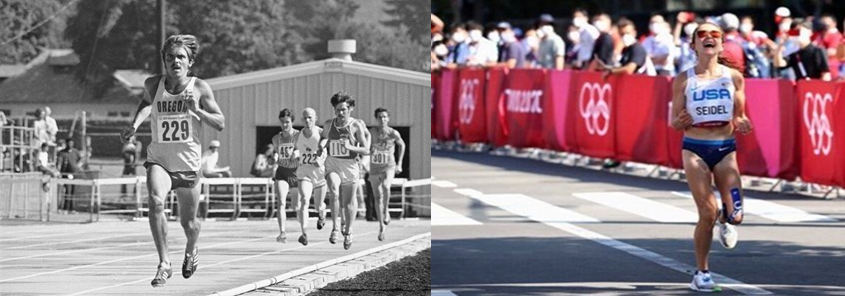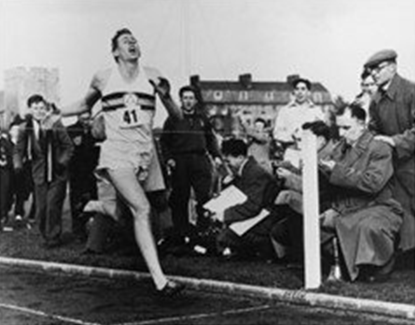“….and you bleed just to know you are alive.”
This song lyric from, “Iris,” by the Goo Goo Dolls, has always been one of those lyrics that I sing out loud. The rest of the song is very good, but this lyric is what I sing along loudly anytime I hear the song. Most of us have those. Often in a car alone or even sometimes with a crowd.
This lyric resonates due to the link to resilience. The intersection of fear and recovery; the crossroads of failure and success. It is at the edge that you find your edge.
Many of the baseball players that I worked with would deliberately work to develop calluses in spring training. The hitters would develop them on their hands for swinging the bat. The pitchers would develop them on their fingers for throwing the ball. Calluses develop when the skin is exposed to repetitive stresses or irritation for a long period of time. While the tissues that make up the callus are dead, the hardened matrix is resistant to mechanical or chemical damage. Calluses thus become protective. If the players failed to sufficiently develop the calluses for the season to come, they would be battling blisters and soreness all season. Blisters and soreness would not only be undesirable but would lead to poor performance and possibly problems in the wrist, elbow and shoulder. Poor performance, for many, was the most dreaded of the possibilities.
The odds of a boy who plays little league baseball to be drafted into the major leagues is approximately .000025 percent or 1 in 200,000. To play at the major league level, the odds are1 in 1,000,000. The odds of becoming a Navy SEAL are approximately .0000008, or 1 in 8 million. These types of elite performances, and those even more elite, usually require both physical and mental calluses. In almost every scenario you will find individuals, volunteering again and again, to do something difficult, stressful and unrelenting; like intentionally developing calluses.
This is why doing something hard is essential. Bannister, Prefontaine and Seidel all used this strategy. Ben Crenshaw; Navy SEAL, war veteran and congressman; identifies that it is best if the hard accomplishment is voluntary. He states, “voluntary hardship elicits a different psychological response than involuntary hardship.” There is a neurobehavioral complexity to volunteering to do something hard. And, the likely result, the phase separation, is that the more voluntary hardships you endure, the better you will be prepared for the involuntary ones. And there will be involuntary ones. For most of us, many of them.

How do you develop mental calluses? Enduring difficult moments and experiences is the practice that would be required; high repetition of stressful events. Volunteering to endure stressful events is hard. If we find ourselves battling the blisters and soreness of events and relationships that are part of playing the game, perhaps we have been avoiding the deliberate practice of doing things that are hard. Maybe we simply have not identified which voluntary, hard activity would help us to be stronger. Often aligned with fear, it is natural to resist doing something hard. And, maybe like never before, our culture supports strategies that seem to rebel and discourage the very thing that would make us stronger; doing something hard.
In life, not developing these calluses could have significant results; poor performance, not being able to play the game, the most undesirable of all. This brings us full circle. Back to Eulid Kipchoge, the amazing runner who ran a marathon under 2 hours. He said, “100 percent of me is nothing compared to 1 percent of my team.” It is likely that our team; family, friends, practitioners and mentors, are the distinctive difference for those that find courage and its companion; joy. Our team will know the things that are hard, help you to find them, and with their wisdom and guidance, cheer you through them. Here’s to knowing we are alive.
Happy Sunday
Clayton

